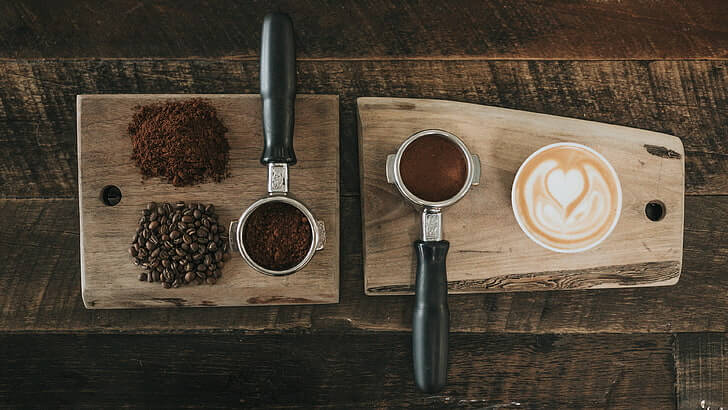Uncovering the Rich Flavors of Coffee through Tasting and Evaluation
There is so much more to coffee than just a morning pick-me-up. The world of coffee is rich with a wide range of flavors, aromas, and textures that can be appreciated through careful tasting and evaluation. Whether you’re a Coffee enthusiast or just someone who enjoys a good cup of joe, learning how to taste and evaluate coffee can greatly enhance your coffee experience.
In this article, we’ll delve into the world of Coffee tasting and evaluation, and explore how you can uncover the rich flavors of coffee for a truly satisfying coffee experience.
Understanding the Flavors of Coffee
Coffee is a complex beverage with a wide range of flavors that can be influenced by factors such as the variety of coffee bean, the growing region, the roast level, and the brewing method. Some common flavors found in coffee include fruity, floral, chocolatey, nutty, spicy, and earthy notes.
When tasting coffee, it’s important to pay attention to the different flavor profiles and how they interact with each other. For example, you may notice a coffee that has a fruity and floral aroma with a chocolatey and nutty flavor, or a coffee that has a spicy and earthy taste with a hint of citrus. By understanding the different flavors of coffee, you can better appreciate the complexity and diversity of this beloved beverage.
Tasting and Evaluating Coffee
Tasting and evaluating coffee involves more than just taking a sip and saying whether you like it or not. It requires a systematic approach that involves using all of your senses to fully experience the flavors, aromas, and textures of the coffee. Here are some steps to help you taste and evaluate coffee like a pro:
- Smell the coffee: Before taking a sip, gently swirl the coffee in the cup and take a moment to inhale the aroma. Note any specific scents that you can detect, such as fruity, floral, chocolatey, or nutty notes.
- Take a sip: Take a small sip of the coffee and let it coat your tongue. Pay attention to the different flavors that you can taste, and note how they evolve as you continue to sip.
- Observe the texture: Consider the body and mouthfeel of the coffee. Is it light and smooth, or heavy and creamy? Does it have a lingering aftertaste?
- Reflect on the overall experience: After you’ve finished your coffee, take a moment to reflect on the overall experience. What did you enjoy about the coffee, and what stood out to you the most?
By following these steps, you can learn to appreciate the full spectrum of flavors and aromas that coffee has to offer, and develop a deeper understanding of what makes a great cup of coffee.
FAQs
What are some common flavor notes found in coffee?
Some common flavor notes found in coffee include fruity, floral, chocolatey, nutty, spicy, and earthy notes. These flavors can be influenced by factors such as the variety of coffee bean, the growing region, the roast level, and the brewing method.
How can I improve my coffee tasting skills?
Improving your coffee tasting skills involves practice and experience. Take the time to taste and evaluate different types of coffee, and pay attention to the different flavors, aromas, and textures that you can detect. You can also consider participating in coffee cupping events or joining a coffee tasting group to further develop your skills.
What is the best way to brew coffee for tasting purposes?
For tasting purposes, it’s best to use a brewing method that allows the natural flavors of the coffee to shine through. Some popular methods for tasting coffee include pour-over, French press, and espresso. Avoid using flavored creamers or sweeteners, as they can mask the natural flavors of the coffee.
Is there a specific technique for tasting coffee?
There isn’t a specific technique for tasting coffee, but it’s important to engage all of your senses to fully experience the flavors, aromas, and textures of the coffee. Take the time to smell the coffee, taste it, observe the texture, and reflect on the overall experience to develop a deeper understanding of the coffee’s flavor profile.
With these tips in mind, you can elevate your coffee experience by learning how to taste and evaluate coffee like a pro. By taking the time to appreciate the different flavors, aromas, and textures of coffee, you can uncover a whole new world of rich and diverse coffee experiences.
“All images and products featured on this Blog.troca.cafe are the property of their respective owners. All rights to these materials are acknowledged and reserved.”
